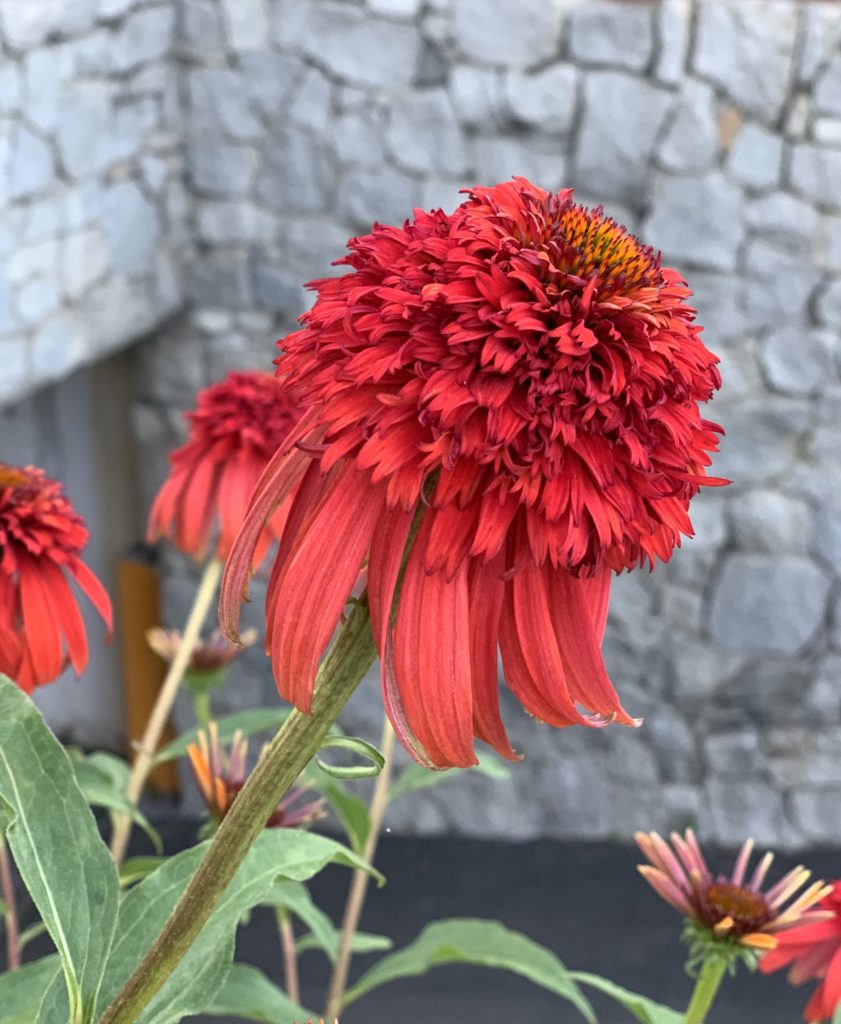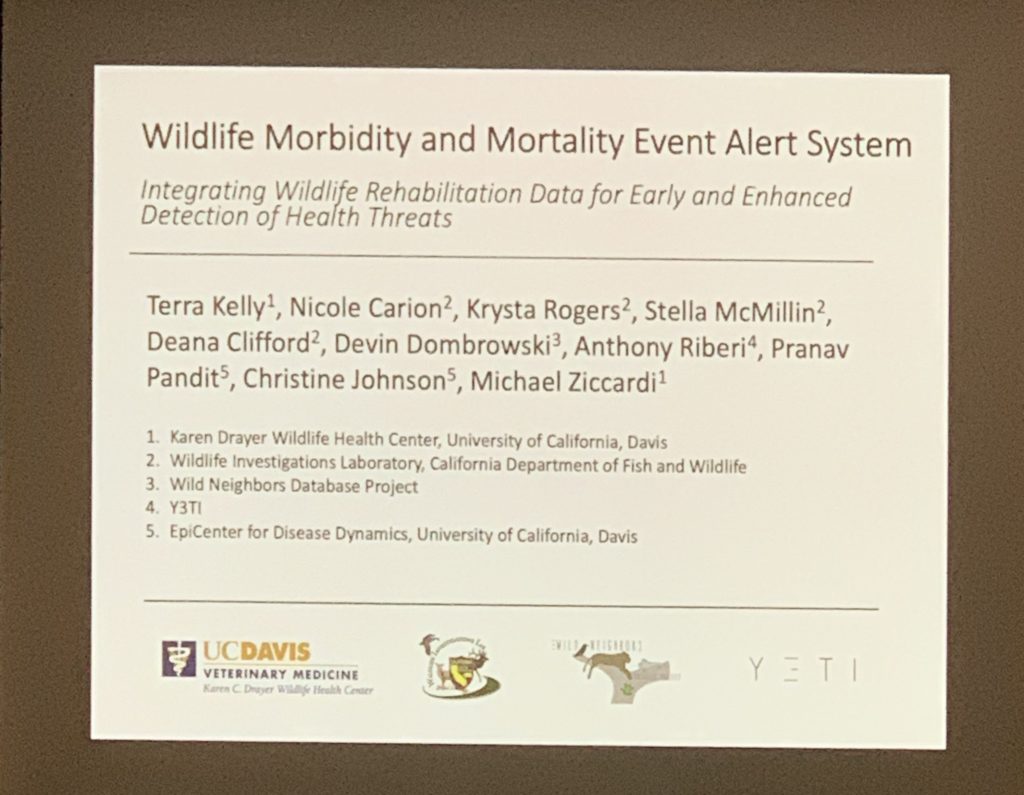
The following is the second in a short series of posts from IWRC staff and board members who attended the WDA Conference at Granlibakken Resort in Tahoe City, California USA in August 2019
Q&A with Julissa Angius
What were your favorite talks/papers?
(in no particular order)
“They’re always there”: Characterizing rat exposure and its consequences among residents of an impoverished, inner-city neighborhood in Vancouver, Canada presented by Dr. Chelsea G. Himsworth
This not not only gave an interesting look at how urban rats live and socialize, it gave commentary on the human aspect of those living around and with the rats. This goes into the human and social inequalities in a rather affluent modern city.
White Abalone (Haliotis sorenseni) resilience in the face of extinction: mitigating disease impacts on endangered abalone in a captive breeding program presented by Ms. Blythe Marshman
Just cool because sometimes you don’t think about animals such as these! AND they are going extinct! We just need to be aware of those animals outside of our normal scope.
Integration of Wildlife and Environmental Health into a One Health Approach presented by Dr. Jonathan Sleeman
I am interested on how to integrate the One Health approach into our classes and make it relevant to wildlife rehabilitators. Jonathan is a great speaker and gave some great insight into this subject.
Modeling land-sea transmission of Toxoplasma gondii presented by Dr. Tristan Burgess
Goes into how toxo is transmitted from the land to the sea and those marine creatures affected. Nothing is too big or small to cross-contaminate! Yikes!
Development of a killer whale health database to assess individual and population health of southern resident killer whales (Orcinus orca) presented by Dr. Forrest Gomez
Illustrates how different organizations can work together with some technology to create an amazing tool that is organized and full of detail to track the health of these animals.

Early detection of health events through temporal anomalies in wildlife admissions at rehabilitation centers presented by Dr. Pranav Pandit
Whoot! Go Rachel and Devin! Excellent study on how rehabilitators can be an alert system to other wildlife professionals through an accessible database for all! Bringing the ‘little people’ to the big people table!
Did you learn something that wildlife rehabbers should really be aware of or concerned about?
Yes, rehabbers should really invest in going to conferences such as these, not just rehab type conferences, to broaden the mind on what is out there! This is definitely my favorite conference because of its diversity on every level!
Were there old friends that you ran into or reconnected with? Did you meet new acquaintances?
Yes! Especially all the IWRC types! We don’t get to see each other in person so much and it’s so beneficial, socially and work wise!
Definitely got to meet and engage with new people that I never would have outside of this conference!
Who did you talk about IWRC or wildlife rehabilitation with that perhaps you would only ever have a chance to talk to at a Wildlife Disease Association event?
There is the lovely forensic veterinarian from the forensic lab in Ashland. The new vice-president of WDA and USGS person Tom DeLiberto.

Leave a Reply
You must be logged in to post a comment.